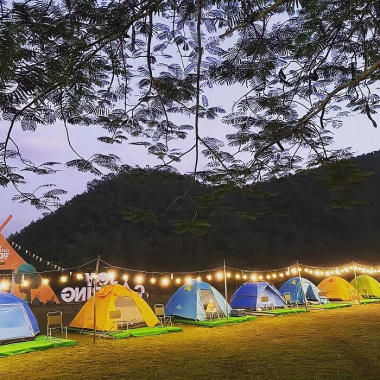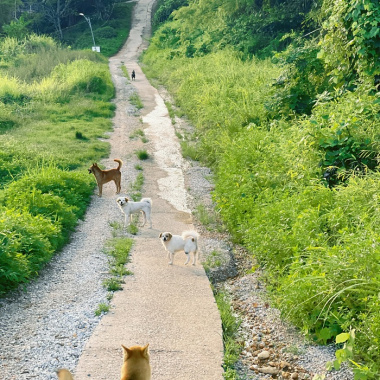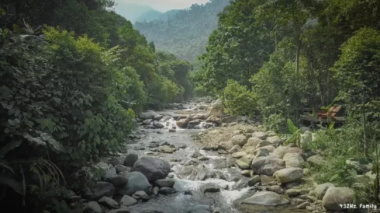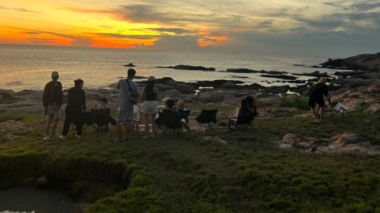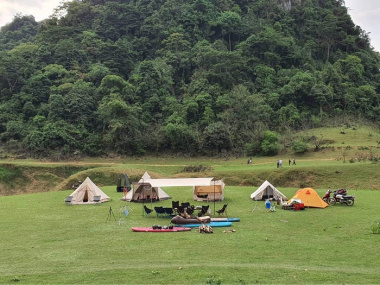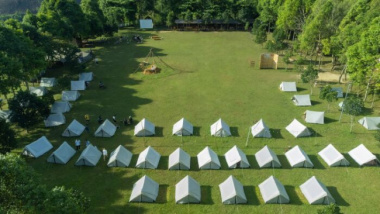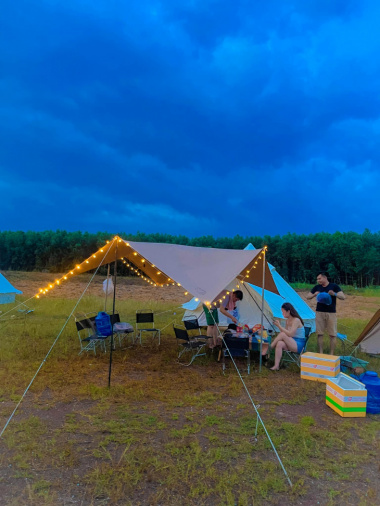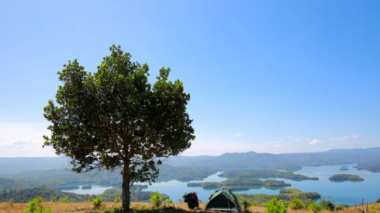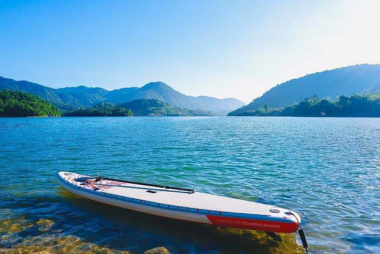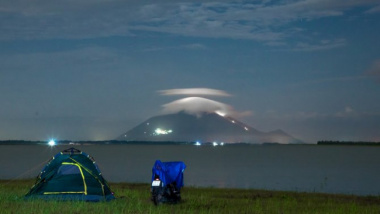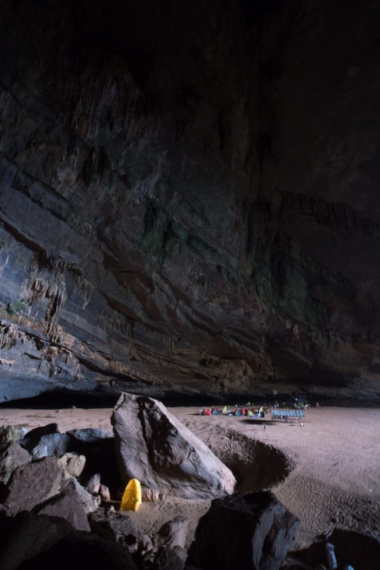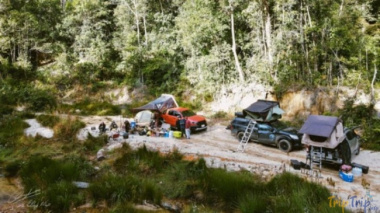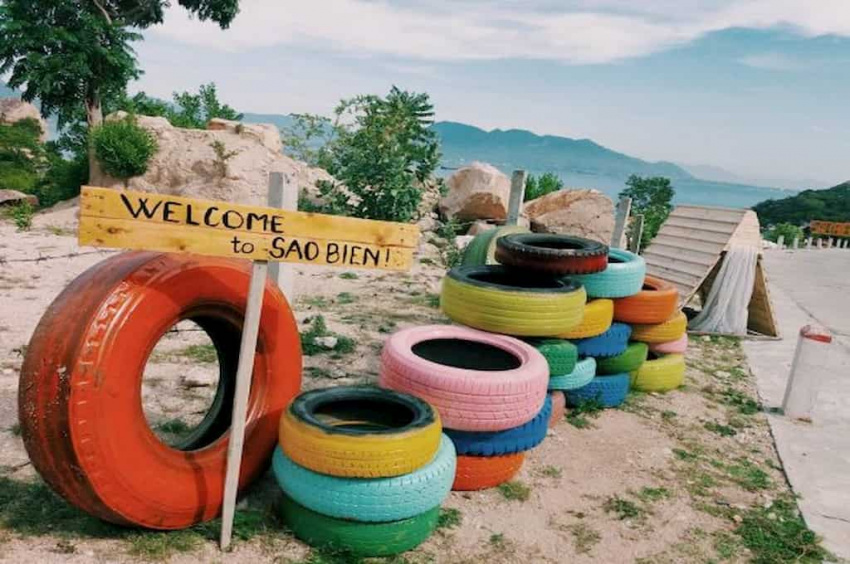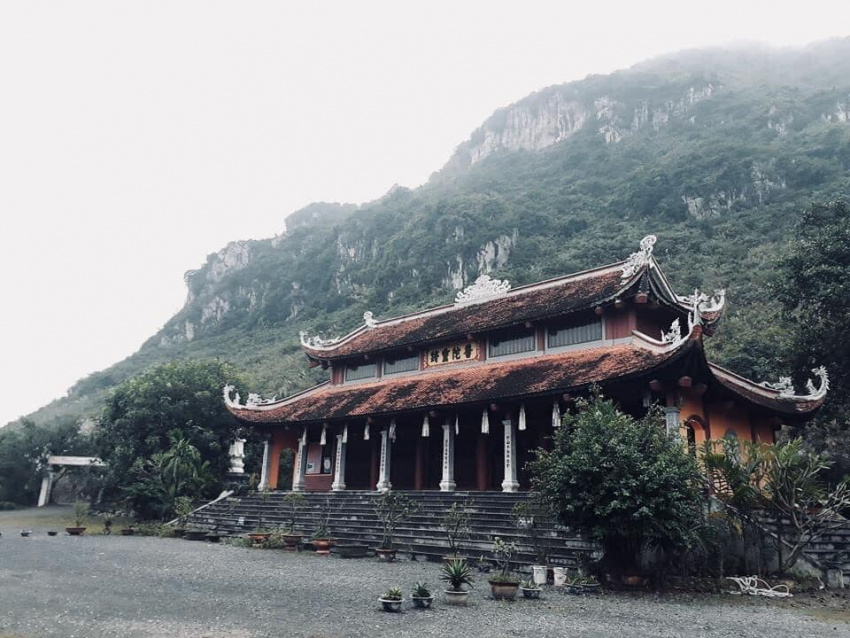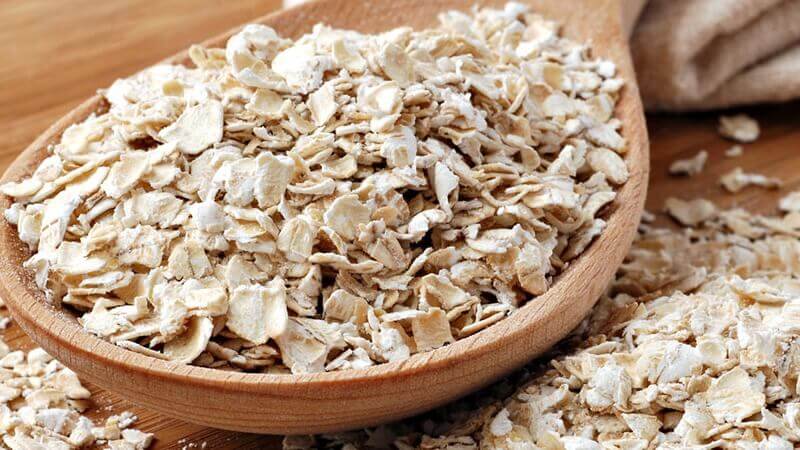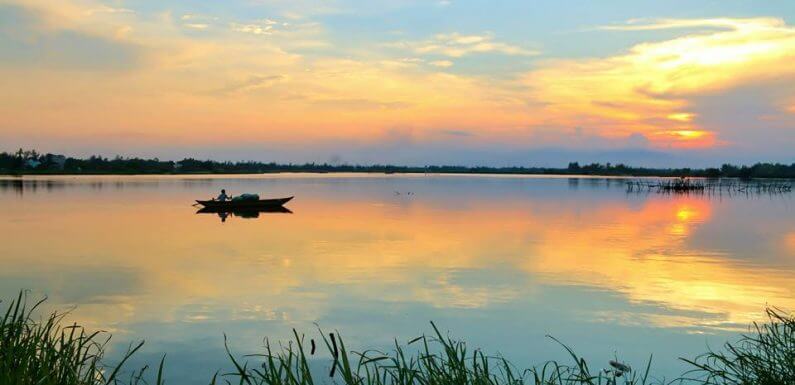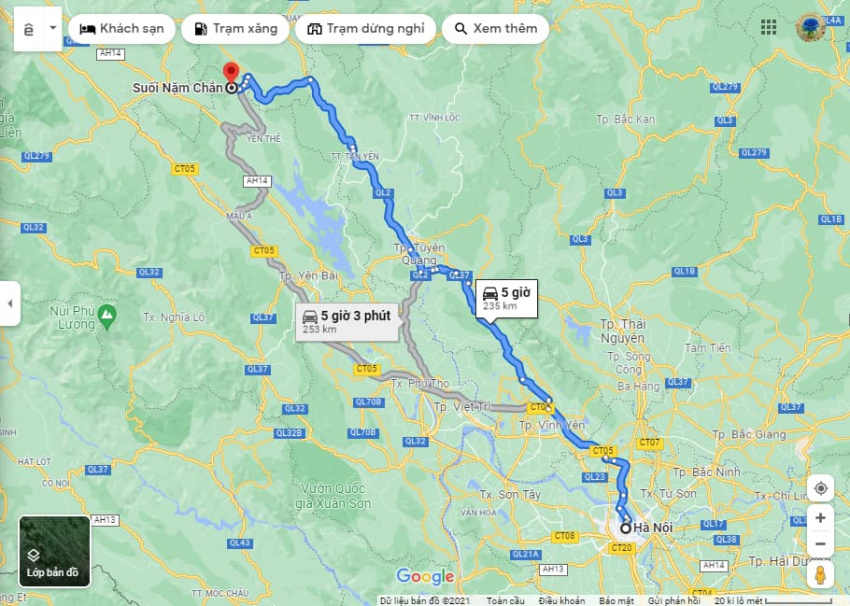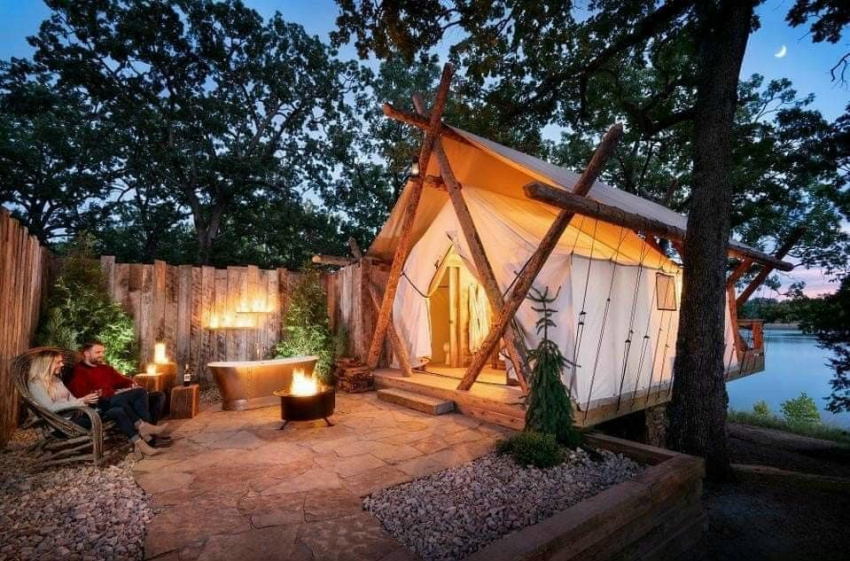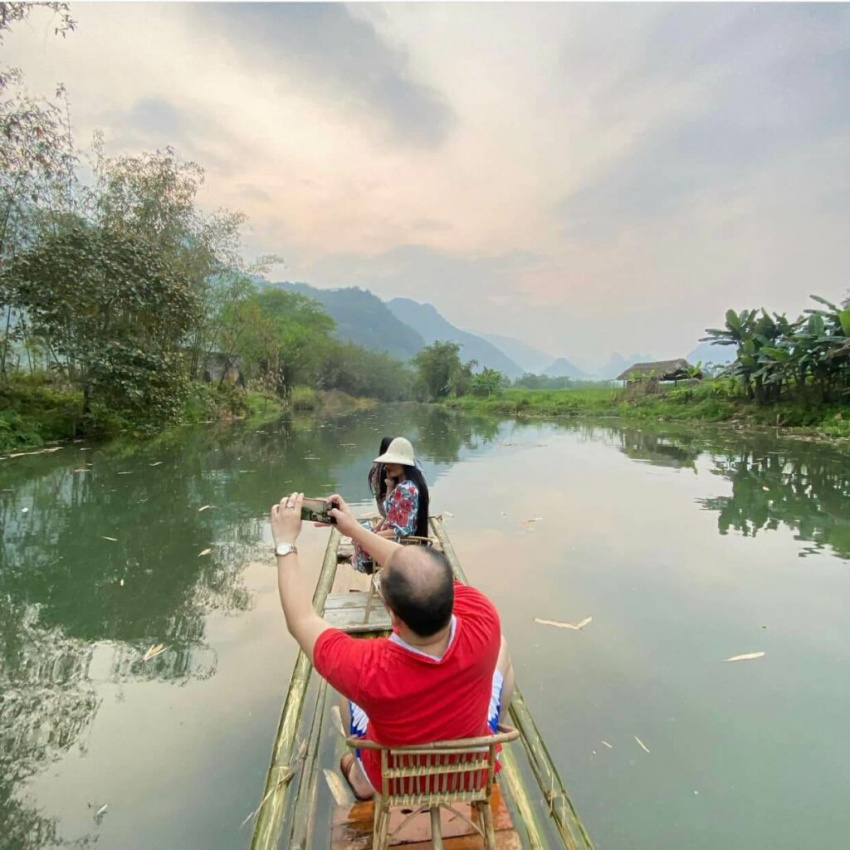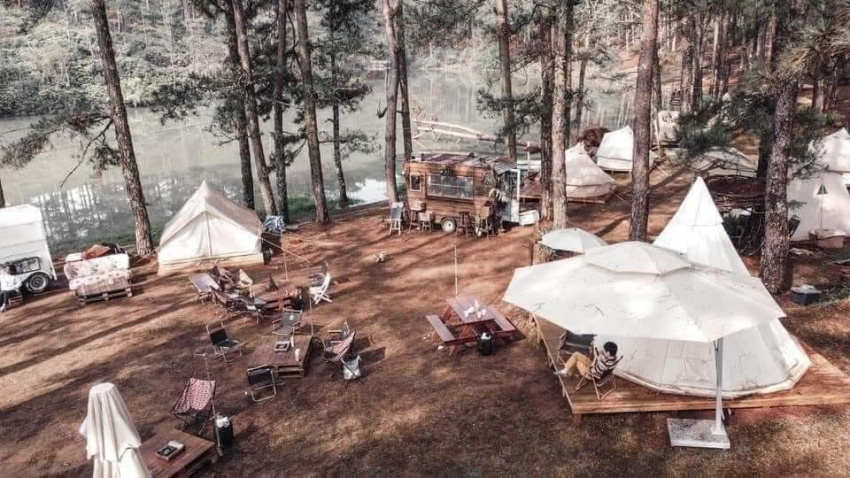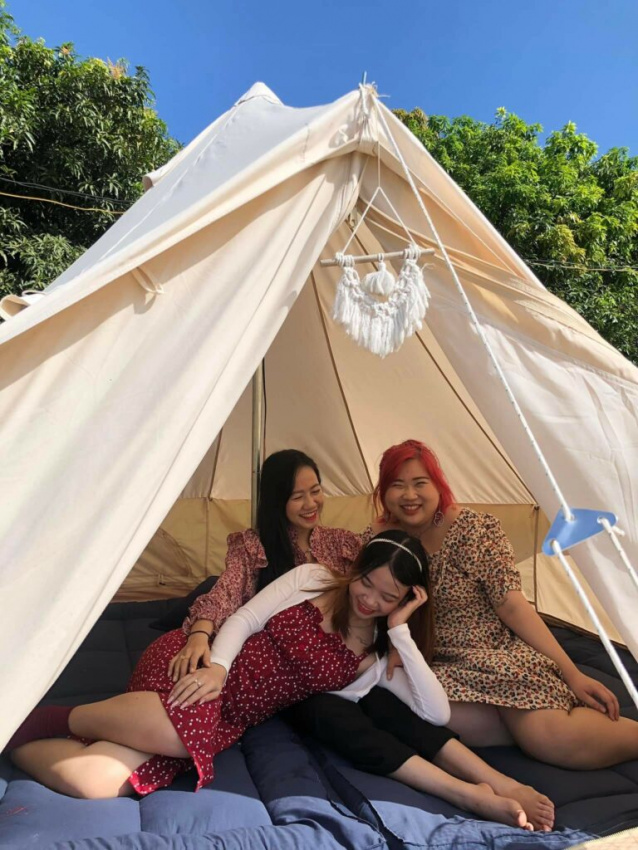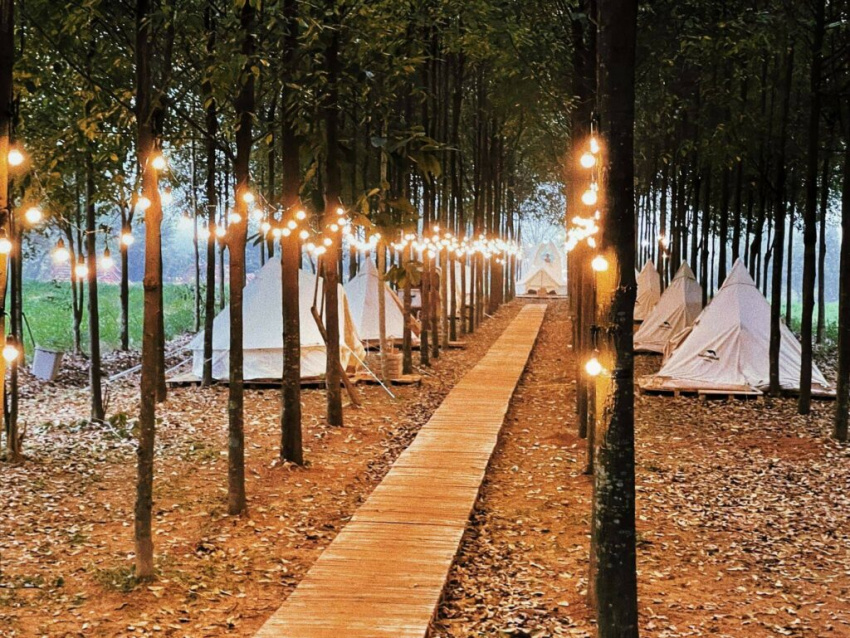Camping Tent: A Guide to Choosing the Right One
- Types of Camping Tents
- Backpacking Tents
- Family Tents
- Dome Tents
- Cabin Tents
- Factors to Consider When Choosing a Camping Tent
- Size and Capacity
- Seasonality
- Material
- Ventilation
- Ease of Setup
- Factors to Consider When Choosing a Camping Tent (Cont’d)
- Material (Cont’d)
- Ventilation (Cont’d)
- Ease of Setup (Cont’d)
- Tips for Setting Up Your Camping Tent
- Choosing the Right Location
- Preparing the Ground
- Assembling the Tent
- Securing Tent with Stakes
- Maintenance and Care for Your Camping Tent
- Cleaning Your Tent
- Properly Storing Your Tent
- Fixing Tears and Holes
- Replacing Parts
- Conclusion
Looking for the perfect camping tent? Our guide covers everything you need to know to choose the right tent for your camping style and group size.
Camping is a fun outdoor activity that allows us to escape the hustle and bustle of our daily lives and immerse ourselves in nature. Choosing the right camping tent is essential to ensure a comfortable and enjoyable camping experience. In this guide, we will discuss the different types of camping tents, factors to consider when choosing a tent, tips for setting up your tent, and maintenance and care for your tent.
Types of Camping Tents

Relaxing in our spacious family camping tent
When it comes to choosing a camping tent, there are several types to choose from. The type of tent you choose will depend on your camping style, group size, and personal preferences.
Backpacking Tents
Backpacking tents are lightweight and compact, making them ideal for hikers and backpackers who need to carry their gear with them. These tents usually accommodate one to two people and are designed to be easy to set up and take down.
Family Tents
Family tents are ideal for larger groups and families who need more space and comfort. These tents can accommodate up to eight people and come with several rooms and dividers to provide privacy. Family tents are usually heavier and bulkier than backpacking tents.
Dome Tents
Dome tents are popular among campers because of their sturdy and stable design. These tents have a dome-shaped frame, which provides excellent wind resistance and allows for more headroom.
Cabin Tents
Cabin tents are larger and more spacious than other types of camping tents. These tents can accommodate up to 12 people and come with several features like windows, doors, and room dividers. Cabin tents are designed for car camping and are not suitable for backpacking.
Choosing the right type of camping tent is crucial to ensure a comfortable and enjoyable camping experience. Consider your camping style, group size, and personal preferences before making a decision.
Factors to Consider When Choosing a Camping Tent

Exploring the great outdoors with our trusty backpacking tent
Choosing the right camping tent involves considering several factors like size, seasonality, material, ventilation, and ease of setup.
Size and Capacity
The size of your camping tent will depend on your group size and personal preferences. Consider the number of people who will be using the tent and the gear you will be bringing along. Make sure to choose a tent that provides enough space for everyone to sleep comfortably.
Seasonality
Consider the season and weather conditions you will be camping in. Four-season tents are designed to withstand harsh weather conditions like snow and high winds, while three-season tents are suitable for spring, summer, and fall camping.
Material
Camping tents are usually made of nylon or polyester material. Nylon is lightweight and durable, while polyester is more resistant to UV rays and water. Consider the material’s quality and durability when choosing a camping tent.
Ventilation
Proper ventilation is crucial to prevent condensation and keep the tent interior dry. Look for tents with mesh windows and vents that allow for proper airflow.
Ease of Setup
Choose a camping tent that is easy to set up and take down. Look for tents with simple and straightforward instructions and minimal parts to assemble.
Considering these factors when choosing a camping tent will ensure a comfortable and enjoyable camping experience.
Factors to Consider When Choosing a Camping Tent (Cont’d)

Camping among the trees in our cozy dome tent
Material (Cont’d)
When selecting a camping tent, it’s crucial to consider the material’s quality and durability. The tent’s durability is critical, particularly in harsh weather conditions. Polyester is usually more resistant to UV rays and water than nylon. On the other hand, nylon is lightweight and durable, making it a popular option for backpackers. You should also consider the tent’s poles’ material, as they can affect the tent’s durability and weight.
Ventilation (Cont’d)
Proper ventilation is crucial when choosing a camping tent. A well-ventilated tent will prevent condensation and keep the tent interior dry. Mesh windows and vents in the tent walls improve airflow and allow for proper ventilation. Look for tents with large mesh windows that are easily adjustable to control airflow.
Ease of Setup (Cont’d)
When choosing a camping tent, consider how easy it is to set up and take down. Look for tents with simple and straightforward instructions and minimal parts to assemble. Freestanding tents are usually easier to set up than tents that require stakes and guy lines. Also, consider the weight of the tent, especially if you’re backpacking. A lightweight tent is easier to carry and set up.
Tips for Setting Up Your Camping Tent
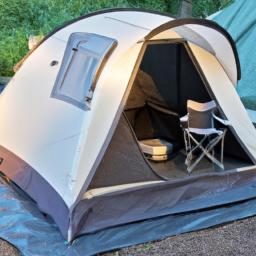
Enjoying the comforts of home in our spacious cabin tent
Once you’ve selected the right camping tent, it’s time to set it up. Here are some tips to help you set up your camping tent effectively:
Choosing the Right Location
Choosing the right location to set up your camping tent is critical. Look for a flat and level ground that is free of rocks, roots, and debris. Avoid setting up your tent near water sources, as they can attract insects and animals. Set up your tent at least 200 feet away from any food storage or cooking areas.
Preparing the Ground
Before setting up your tent, make sure to prepare the ground. Clear the area of any debris or sharp objects that could damage the tent’s floor. Use a ground cloth or tarp to protect the tent’s floor from moisture and punctures.
Assembling the Tent
Follow the instructions provided by the manufacturer to set up your camping tent. Start by assembling the poles and then attaching them to the tent body. Make sure to secure the tent’s corners and guylines to prevent the tent from collapsing.
Securing Tent with Stakes
Once you’ve set up your tent, secure it with stakes. Drive the stakes into the ground at a 45-degree angle away from the tent. Make sure to tension the guylines to provide stability and prevent the tent from blowing away in the wind.
By following these tips, you can set up your camping tent effectively and ensure a comfortable and enjoyable camping experience.
Maintenance and Care for Your Camping Tent
Proper maintenance and care for your camping tent will extend its lifespan and ensure that it performs well on your future camping trips. Here are some tips on how to maintain and care for your camping tent.
Cleaning Your Tent
Cleaning your camping tent is essential to prevent mold, mildew, and unpleasant odors. To clean your tent, use a mild soap and warm water to gently scrub the surface. Avoid using harsh chemicals or bleach as they can damage the tent’s material. Rinse the tent thoroughly with clean water and let it air dry completely before storing it.
Properly Storing Your Tent
Properly storing your camping tent is crucial to prevent damage and prolong its lifespan. Make sure to clean and dry your tent before storing it. Store your tent in a cool, dry place away from direct sunlight and moisture. Avoid storing your tent in a compressed state as it can cause damage to the tent’s material and frame.
Fixing Tears and Holes
Tears and holes in your camping tent can be easily fixed with a tent repair kit. Most kits come with adhesive patches that can be applied to the damaged area. Make sure to clean and dry the damaged area before applying the patch. For larger tears or holes, consider taking your tent to a professional for repair.
Replacing Parts
Over time, parts of your camping tent may become damaged or worn out. Most camping tents come with replacement parts like stakes, poles, and guy lines. Make sure to keep these replacement parts on hand and replace any damaged parts before your next camping trip.
Conclusion
Choosing the right camping tent is essential to ensure a comfortable and enjoyable camping experience. Consider the type of tent that suits your camping style, group size, and personal preferences. Factors like size, seasonality, material, ventilation, and ease of setup should also be considered when choosing a camping tent.
Proper maintenance and care for your camping tent will ensure that it performs well on your future camping trips. Cleaning and drying your tent before storing it, fixing tears and holes, and replacing damaged parts are some of the ways to maintain your camping tent. Remember to choose a high-quality camping tent and take good care of it to enjoy many memorable camping trips in the future.
Đăng bởi: Nguyễn Ngọc Châm

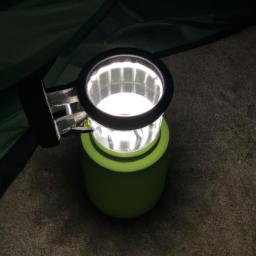
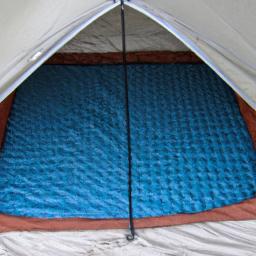

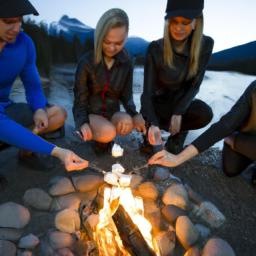

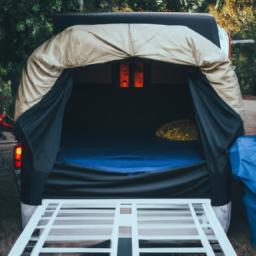
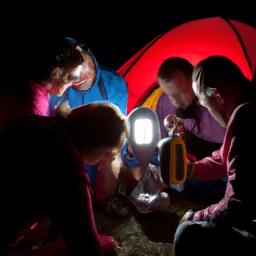

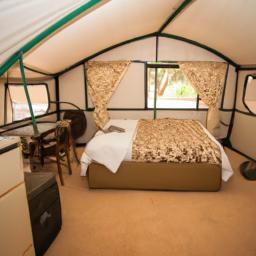










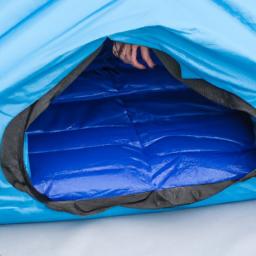
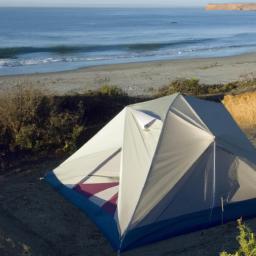

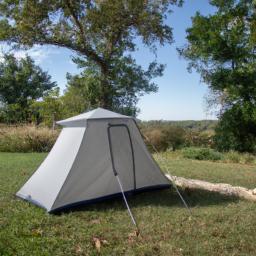


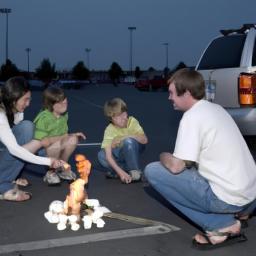
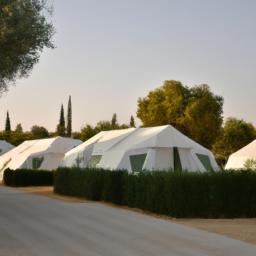
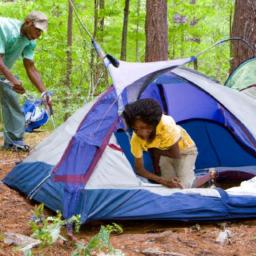




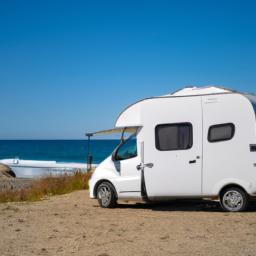
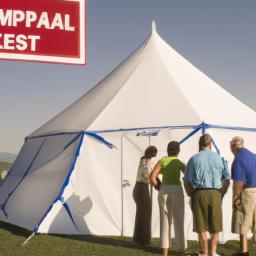
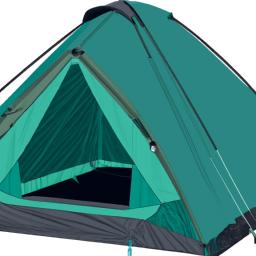



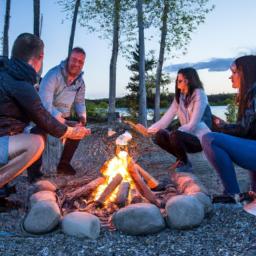
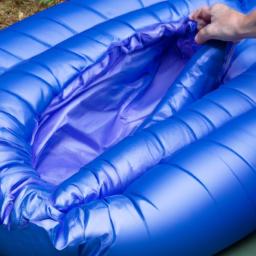
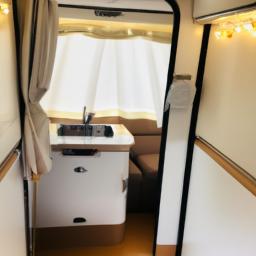






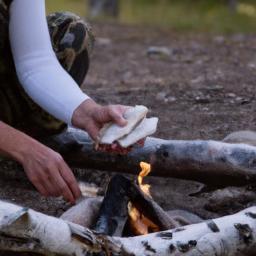



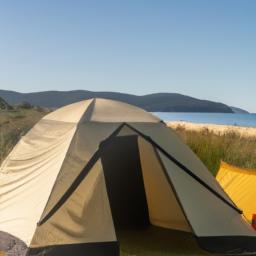


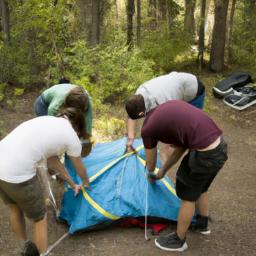


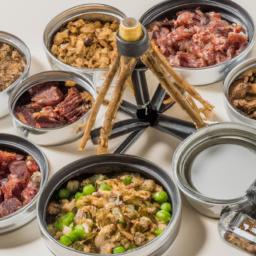
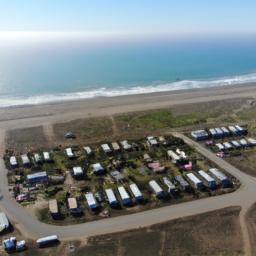

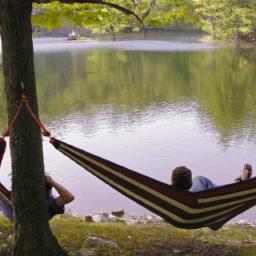


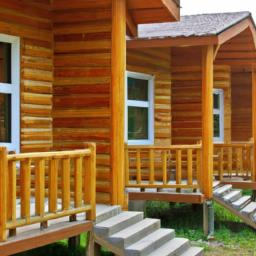






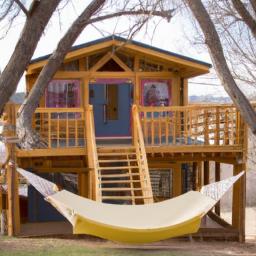


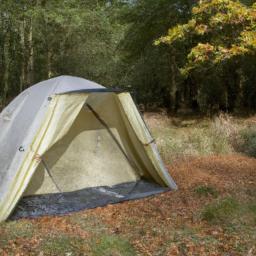
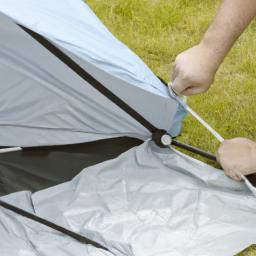











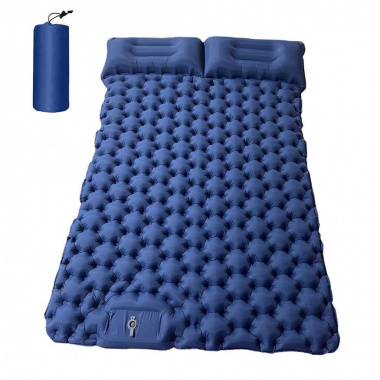

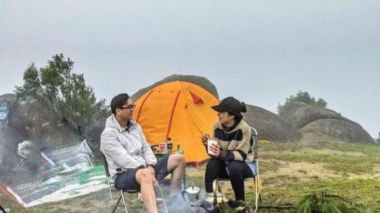
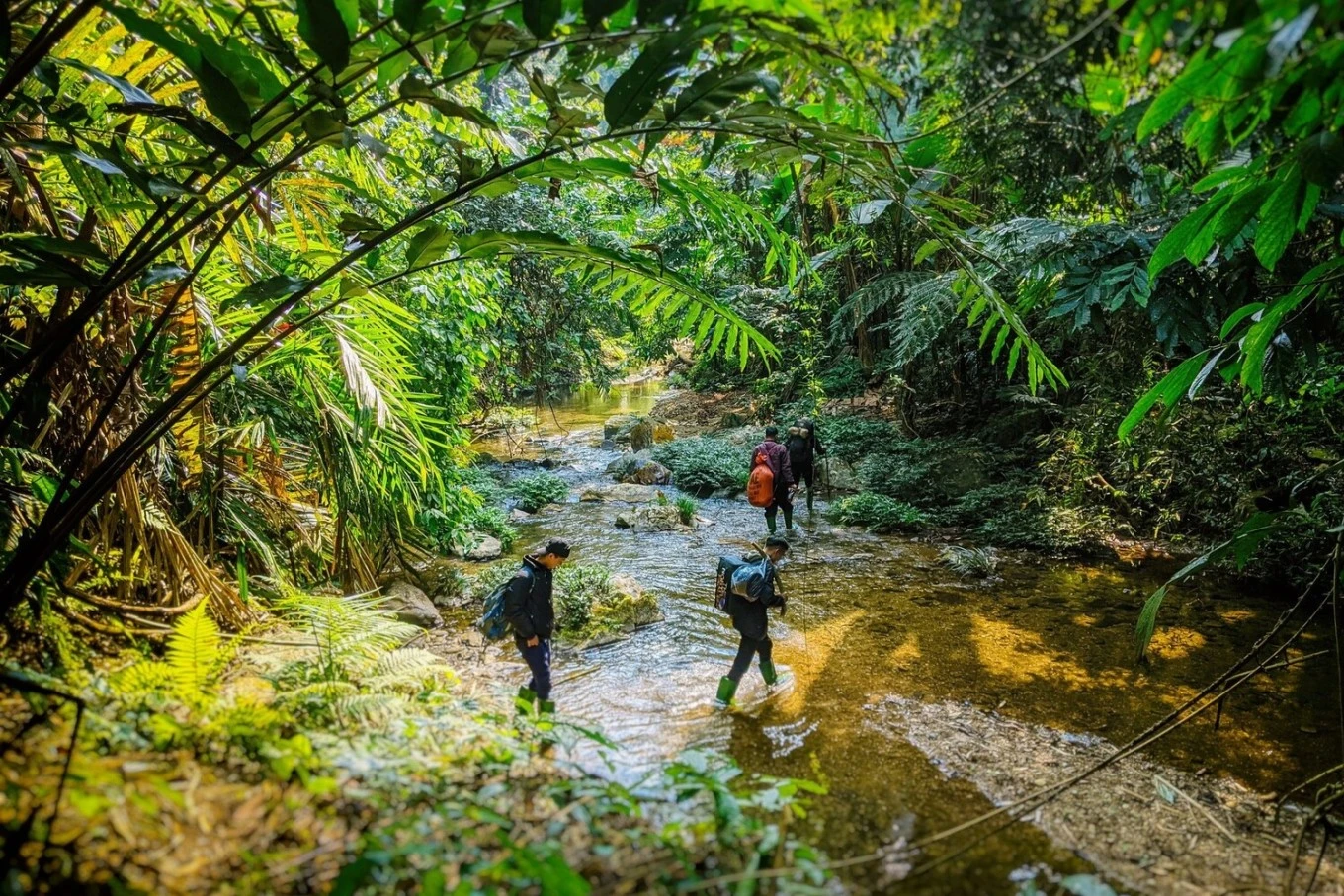

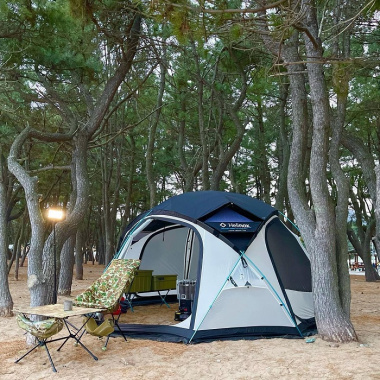



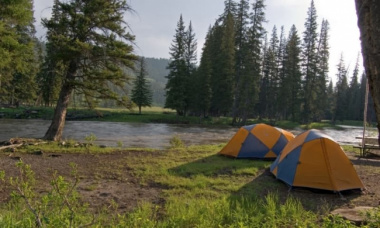


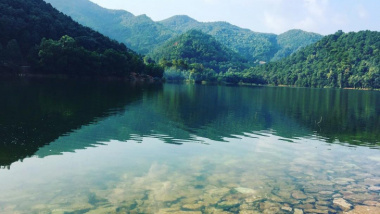

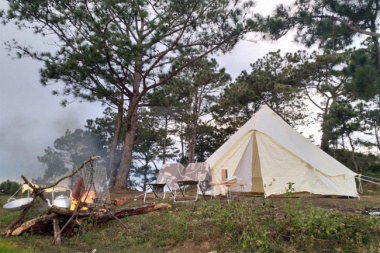

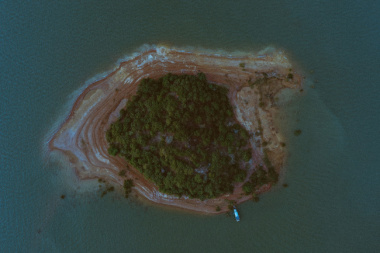

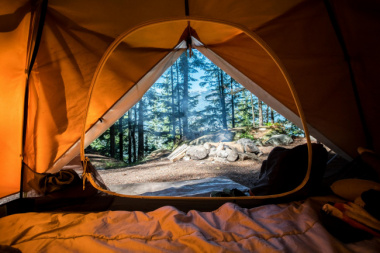

![[Hà Nội] Camping hồ Đồng Chanh – Điểm đến lý tưởng cách thủ đô 40km](https://cdn.alongwalk.info/vn/wp-content/uploads/2022/12/16175107/ha-noi-camping-ho-dong-chanh-diem-den-ly-tuong-cach-thu-do-40km1671162667.jpg)
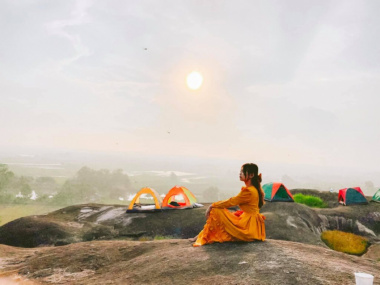
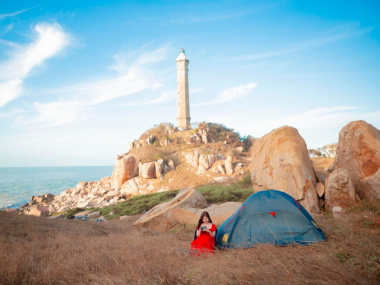
![[Hà Nội] Chỉ 700K/người, rủ nhau đi camping ở hồ Quan Sơn](https://cdn.alongwalk.info/vn/wp-content/uploads/2022/12/14053105/ha-noi-chi-700k-nguoi-ru-nhau-di-camping-o-ho-quan-son1670945465.jpg)
![[Quảng Ninh] Camping trên núi Phượng Hoàng, ngắm đồi cỏ cháy đẹp mơ màng](https://cdn.alongwalk.info/vn/wp-content/uploads/2022/12/14044905/quang-ninh-camping-tren-nui-phuong-hoang-ngam-doi-co-chay-dep-mo-mang1670942945.jpg)
![[Review] Camping tại thung lũng mận Nà Ka (Mộc Châu)](https://cdn.alongwalk.info/vn/wp-content/uploads/2022/12/12063606/review-camping-tai-thung-lung-man-na-ka-moc-chau1670776565.jpg)




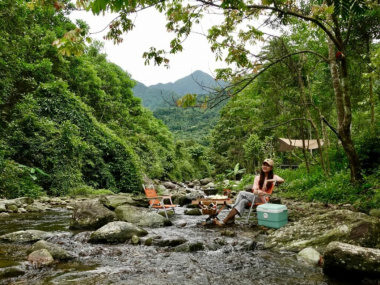
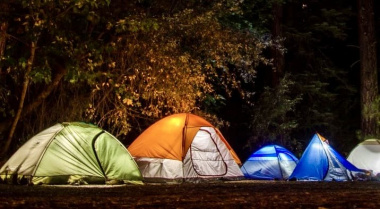
![[Hà Giang] Camping trên bờ sông Nho Quế, ngắm trọn đèo Mã Pí Lèng hùng vĩ](https://cdn.alongwalk.info/vn/wp-content/uploads/2022/12/06010306/ha-giang-camping-tren-bo-song-nho-que-ngam-tron-deo-ma-pi-leng-hung-vi1670238185.jpg)
![[Hà Nội] Camping tại đồi Bù (Chương Mỹ) – Tọa độ cách trung tâm chỉ 40km](https://cdn.alongwalk.info/vn/wp-content/uploads/2022/12/06001805/ha-noi-camping-tai-doi-bu-chuong-my-toa-do-cach-trung-tam-chi-40km1670235485.jpg)


